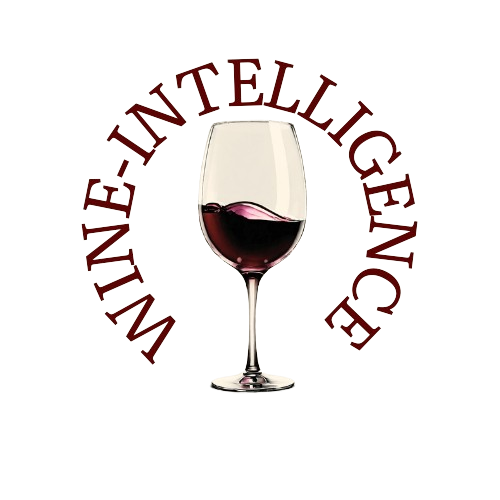The “Semaine des Primeurs” de Bordeaux — the historic en primeur week organized by the Union des Grands Crus de Bordeaux — officially opens today, running through April 17.
Traditionally a cornerstone of the global fine wine calendar, this year’s edition opens under less than ideal conditions. All eyes are on Bordeaux, a region whose reputation as the world's foremost producer of still red wines remains undisputed. Despite headwinds, its exports reached over EUR 2.05 billion in 2023, accounting for 19% of all French wine exports, even as this figure marks a -8.4% decline from the previous year, according to data compiled by Bordeaux Negoce and Fevs (Fédération des Exportateurs de Vins & Spiritueux de France).
Yet, the Bordeaux en primeur system finds itself at a crossroads, increasingly affected by a shifting global economic landscape. Markets that once drove demand — particularly Asia — are now cooling. The rapid growth in Asian consumption during the past decade helped propel château prices to new heights. But those same price hikes have now turned into a burden, with many wines effectively pricing themselves out of the market.
This brings us to the 2023 vintage campaign. Last year saw significant price corrections, with some Château releases discounted by as much as -30% to -40%. But the global wine trade, still cautious and selective, is signaling a demand for another round of price cuts — an average of -31%, according to founding members of Wine Lister, the fine wine analytics firm now under the Le Figarò umbrella.
However, the situation in 2024 is more complex. Unlike 2023, where pricing expectations were relatively aligned across the trade, this year presents a more fractured landscape. Producer decisions are further complicated by the small 2024 harvest — a reality that pushes against the pressure to lower prices and adds a layer of uncertainty to release strategies.
Still, pricing remains the top concern for Bordeaux’s recovery. When asked what could help restore the region's allure, trade respondents most frequently cited "lower prices" (10 votes), followed by more engaging events and updated communication strategies (7 votes), and more approachable wine styles and modern labels (5 votes). It's clear that to attract younger and less experienced wine drinkers, Bordeaux must not only rethink pricing but also modernize its image.
Despite challenges, brand equity continues to play a major role. The 40 most trusted brands in the trade include prestigious names such as Petrus, Les Carmes Haut-Brion, Montrose, Lafite Rothschild, and Cheval Blanc. The Top 10 list underscores Bordeaux’s enduring prestige, with long-standing trust in these labels acting as a stabilizing force.
From a global perspective, expectations are highest for demand from the Americas, followed by Asia, while Europe trails with a slightly lower confidence index. Notably, traditional sales channels are also shifting. Confidence in the once-dominant “La Place de Bordeaux” system is waning, now ranking third behind auction houses and specialized retailers, and ahead of even the most famous négociants.
As the 2024 en primeur week unfolds, all eyes will be on the first critical tastings and the initial price releases from the Châteaux. These moments will be decisive in understanding how Bordeaux plans to recalibrate itself in an evolving market — one that demands both tradition and transformation.
Source: WineNews

